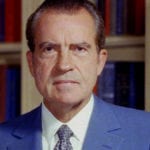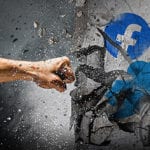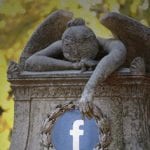 Mysteries
Mysteries  Mysteries
Mysteries  History
History 10 Surprising Stories About the Texas Rangers
 Humans
Humans 10 Philosophers Who Were Driven Mad by Their Own Theories
 Miscellaneous
Miscellaneous 10 Video-Game-Worthy Weapons and Armors from History
 Weird Stuff
Weird Stuff 10 Psychics Who Accurately Predicted Wartime Events
 The Arts
The Arts 10 Pieces of Art Inspired by a Broken Heart
 Health
Health 10 Science Fiction-Sounding New Medical Treatments
 History
History 10 Surprising Facts About the Father of Submarine Warfare
 Space
Space Ten Astonishing New Insights into Alien Worlds
 Weird Stuff
Weird Stuff 10 Bizarre Summer Solstice Rituals Still Practiced Today
 Mysteries
Mysteries Top 10 Haunting Facts About the Ghost Ship MV Alta
 History
History 10 Surprising Stories About the Texas Rangers
 Humans
Humans 10 Philosophers Who Were Driven Mad by Their Own Theories
Who's Behind Listverse?

Jamie Frater
Head Editor
Jamie founded Listverse due to an insatiable desire to share fascinating, obscure, and bizarre facts. He has been a guest speaker on numerous national radio and television stations and is a five time published author.
More About Us Miscellaneous
Miscellaneous 10 Video-Game-Worthy Weapons and Armors from History
 Weird Stuff
Weird Stuff 10 Psychics Who Accurately Predicted Wartime Events
 The Arts
The Arts 10 Pieces of Art Inspired by a Broken Heart
 Health
Health 10 Science Fiction-Sounding New Medical Treatments
 History
History 10 Surprising Facts About the Father of Submarine Warfare
 Space
Space Ten Astonishing New Insights into Alien Worlds
 Weird Stuff
Weird Stuff 10 Bizarre Summer Solstice Rituals Still Practiced Today
10 Ways The Media Makes Mass Shootings Worse
When the Columbine massacre happened 19 years ago, it was Earth-shattering. Teenagers carrying out a mass murder inside a high school was unheard-of; it was almost unimaginable. The news was filled with every detail possible for months afterward.
Today, though, mass shootings like Columbine are nearly a daily occurrence. That’s not even an exaggeration. In the 1,870 days leading up to the Parkland massacre on February 14, 2018, there were 1,624 mass shootings in the United States—not far from a massacre a day.[1]
Something has changed. This isn’t the same world it was 19 years ago. There’s no one single cause behind the rise of mass shootings; there are myriad different factors working together. One of the problems, though, is the way that we’re talking about it. Because, clearly, all that reporting we did on Columbine didn’t make things better. It made things far, far worse.
10 Mass Shootings Spread Like A Contagious Disease
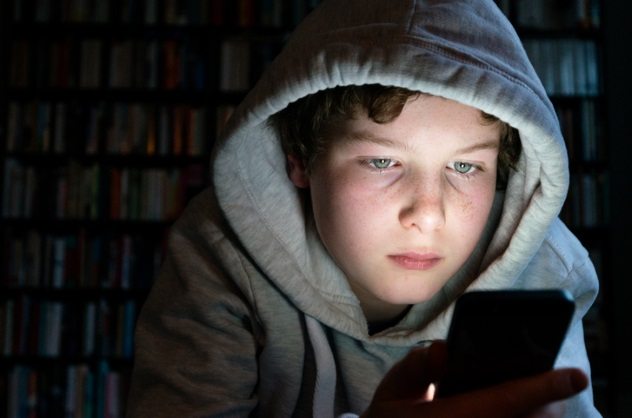
Mass shootings are like a disease: They spread. Whenever a massacre hits the headlines, there’s an increased chance that another one will happen within the next 13 days. And the more coverage a mass murder gets, the more likely it is that someone will copy it.[2]
The media isn’t encouraging mass murder on purpose, of course. The theory is that reporting on mass murders should make people more aware and better able to stop them. And that theory isn’t wrong—after a massacre, the police do get more people reporting the next would-be killer. People really do become more diligent.
The copycat effect is stronger, however. For all the extra precautions people take, the contagion effect of reporting on a mass murder is just so powerful that an estimated 20 to 30 percent of all mass killings are done by people copying what they saw on the news. And, as mass killings have been steadily rising since Columbine, it’s safe to say that that effect just gets bigger and bigger as time goes on.
9 Reporting Extra Details Increases The Chances Of A Copycat Killer
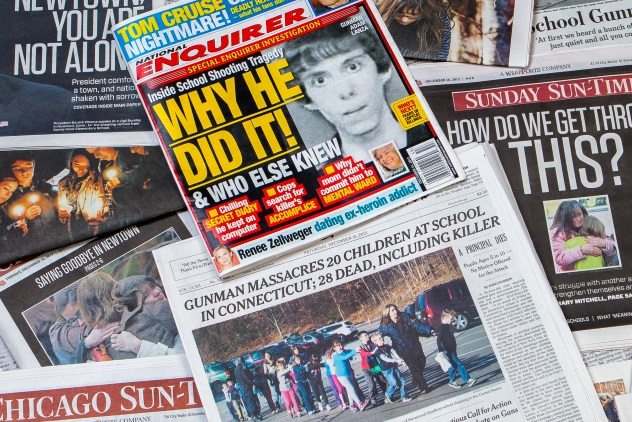
The way we present the news, though, could make a difference. According to a psychiatric principle, it’s the amount of detail we give on these massacres that really make these copycat killings happen. The better people can envision a plan, the more likely they are to go through with it.
It’s one of the big factors that impact every plan we make, from going to the grocery store to committing mass murder. When people can play out a full story about what they’re going to do in their heads, with as many details as possible, they’re much more likely to actually do it. And that’s especially true for the adolescents and young adults who are usually behind these copycat killings.
Copycat killings are a lot less common when the news holds some of the details back.[3] That contagion effect goes down when the news doesn’t mention the killer’s method. It goes down when we don’t mention his name or blaze his face on the cover of the newspaper. And it goes down when we don’t treat the killing as the “inexplicable act of otherwise healthy person,” a phrase that makes the killer seem relatable to the person contemplating the next mass murder.
8 Killers Get Turned Into Celebrities
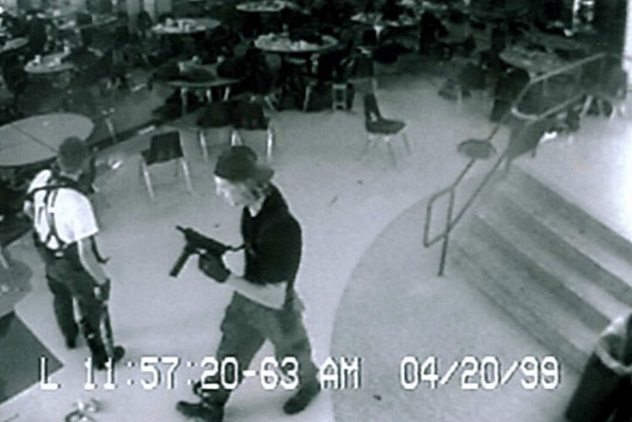
When we put killers’ faces on the cover of every newspaper, we start turning them into celebrities. And that has a major impact.
Sure, most of us won’t ever see a school shooter as anything other than a monster. For those outcast and disenfranchised people who might actually go through with a massacre, though, these people become role models. It might be hard to imagine, but for some people, these mass murderers are heroes.
Take James Holmes, the man behind the Aurora shooting. After killing 12 innocent people in a movie theater, Holmes started getting fan mail. Women sent him letters in prison raving about how “handsome” and “mysterious” he was, with some sending him love notes and pictures to put up in his cell.
Nobody has more followers, though, than the Columbine killers, Eric Harris and Dylan Klebold. At least 17 mass shooters[4] have directly cited them as their inspiration, including some of the people behind the worst massacres. That list includes Seung-Hui Cho, the man who killed 32 people at Virginia Tech. In his manifesto, he called Harris and Klebold “martyrs.”
According to psychiatrist Dr. Frank Ochberg, that hero worship is part of the reason killings have been on such a steady rise since then. “It was not so much what happened at the time,” Dr. Ochberg has said, “but the aftermath—the mystery, the pictures—that became iconic, that touched people.”
7 Mass Killers Check If They’re Trending Online
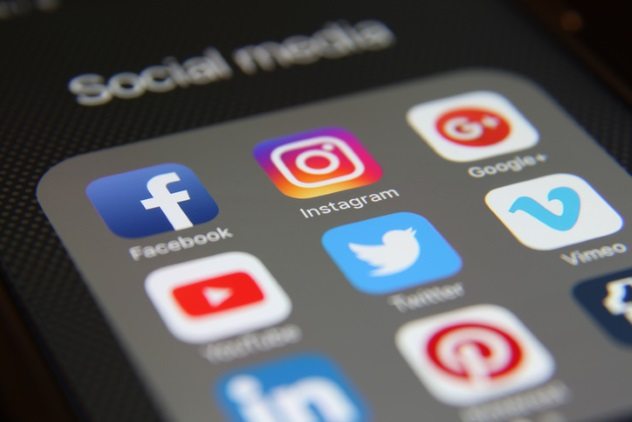
These killers care about whether or not people are watching, too. It might even be part of the motive. According to psychologist Dewey Cornell, for some murderers, mass killings are nothing more than a twisted way to “achieve some recognition and respect.”[5]
It certainly would make sense, because a lot of these killers make sure they get publicity. Seung-Hui Cho mailed a videotape to NBC taking credit for the Virginia Tech massacre and asked them to play it on the air. Elliott Rodger, the Isla Vista killer, uploaded his manifesto to YouTube before his massacre. And Bryce Williams (real name Vester Lee Flanagan), who killed two reporters on live TV, filmed his own crime and posted it on Facebook and Twitter.
Perhaps the most disturbing sign of just how hungry for publicity these killers are comes from the Pulse nightclub. In the middle of a massacre that ended 49 lives, shooter Omar Mateen put down his gun, pulled out his smartphone, logged onto Facebook, and checked to make sure that “Pulse Orlando shooting” was trending.
6 Live Reporting Puts The Victims In Danger
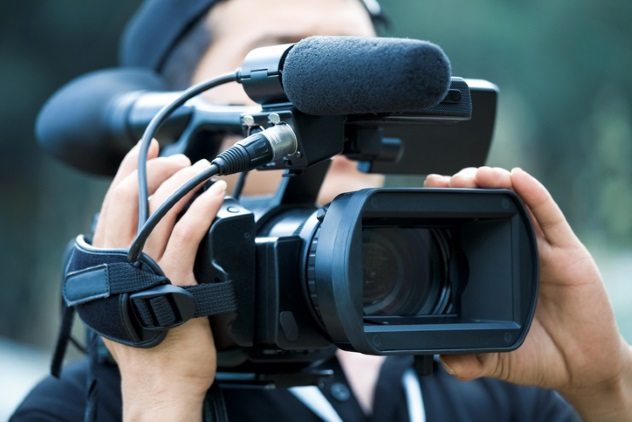
Sometimes, the media does more than just encourage mass shootings. Sometimes, they actually put the victims in danger.
The most horrific stories about this come from the three-day string of terrorist attacks that hit France in 2015, starting with the Charlie Hebdo shooting on January 7. On the third day of carnage, the Charlie Hebdo shooters, Cherif and Said Kouachi, took hostages inside of a factory in Dammartin-en-Goele. The media reported every moment of it—including where the victims were hiding.
After calling the police, a man named Lilian Lepere hid under a sink and waited for rescue, hoping the attackers wouldn’t find him. That got a lot harder, though, when a radio station called RMC reported his hiding spot over the air.[6] And it got even harder when French TV networks picked up the story and started spreading it across the country.
They weren’t the only people sharing these hiding spots. The same thing happened on the same day at the Hypercacher supermarket, where another terrorist named Amedy Coulibaly was holding hostages. When a cameraman for news network BFMTV spotted a group of people taking cover inside of the cold room, he decided to air it on TV, letting a violent terrorist know where they were hiding.
5 Interviewing Young Victims Makes The Trauma Worse
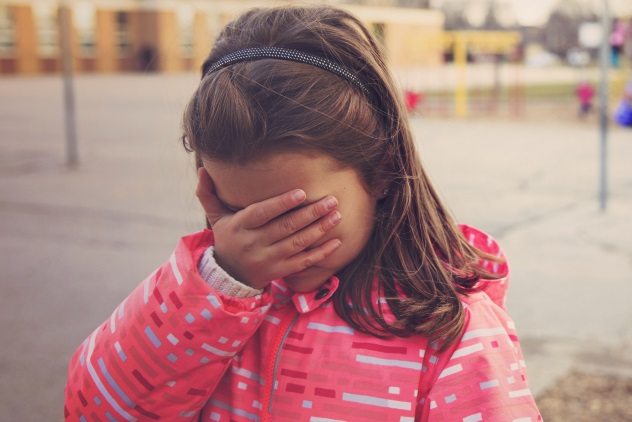
The morning after the Parkland massacre, The Today Show invited one of the survivors, a young girl named Samantha Grady, onto their show. Samantha had watched her best friend get shot the day before and had learned that she died of the wounds just hours before going on TV. During the interview, she broke down and cried.
It’s a horrible thing to see happen to a teenage girl, but it’s even worse to see it put up on the television as entertainment.
All things considered, though, The Today Show was acting with tact and decorum compared to the reporters who covered the Sandy Hook shooting. Before the victims could even get off the school grounds, reporters were there, interviewing children as young as eight years old and pushing them to describe every detail of the carnage they had just witnessed.
That kind of intrusion into a child’s life is more than just rude; it’s psychologically damaging. According to child psychologists, the first 24 hours after a tragedy have a huge role in deciding how traumatizing that experience will become.[7] And shoving a camera into the face of a child who’s too young to say “no” can make that a lot worse.
4 Early Reports Put The Blame On The Wrong People
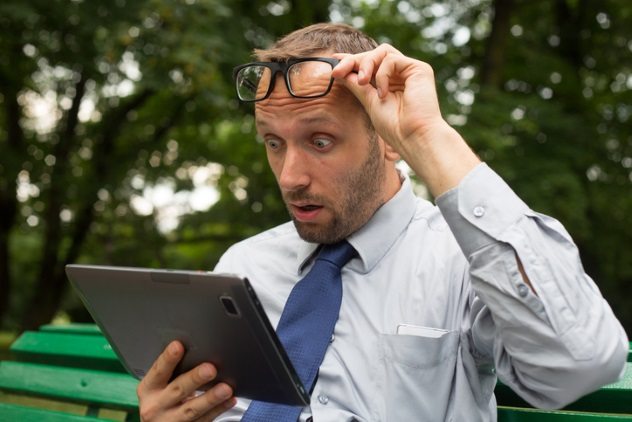
The rush to be the first company to break a story can cause a lot of problems. Sometimes, news companies are in such a rush to identify the killer behind a mass shooting that they name the wrong person. And when your name shows up on the news as the man behind a massacre, it’s not a great feeling.
That’s what happened to Salah Barhoum and Yassine Zaimi, two men who, shortly after the Boston Marathon bombing, found their pictures on the cover of the New York Post with the subhead: “Feds seek this duo pictured at Boston Marathon.”[8] The men weren’t the bombers, of course; in fact, by the time the paper was published, they weren’t even suspects. The police had wanted to talk to them, but they’d already been exonerated. Convincing their neighbors they didn’t have anything to do with the massacre, though, got a lot harder after their faces were in the magazine aisle of every supermarket in town.
The same thing happened to Ryan Lanza, the brother of Sandy Hook shooter Adam Lanza. He wasn’t just called the killer by the New York Post. CNN, Fox News, CBS, the Associated Press, and The New York Times all joined in on blaming him for the massacre. And it has happened to countless more people.
3 The News Repeats The Baseless Accusations Spread Online

These people don’t just get blamed because of a typo or a bad tip from a cop. Sometimes, the news just repeats whatever accusation any troll on the Internet decides to spout out, and that means that anyone can find their face on the cover of a newspaper under a headline calling them a mass murderer.
It has happened more than once. Before Stephen Paddock was identified as the man who gunned down 58 people in Las Vegas, the website 4Chan decided to take it upon themselves to figure out who’d done it. Working off next to nothing, they blamed the massacre on an innocent man named Greg Danley. Pretty soon, their theory was one of Google’s “top stories” in the news.
Sometimes, there aren’t even good intentions behind these accusations. After the San Bernardino shootings, an Internet troll tricked the Associated Press and CNN into believing that she was a witness to the attack. The killer, the troll claimed, declared the massacre was over “GamerGate” and was about protecting “the ‘gamer’ identity”—a story she just made up for a laugh.
Perhaps the worst mistake, though, happened when Reddit users falsely accused Sunil Tripathi of being the Boston Marathon bomber.[9] Tripathi, who suffered from severe depression, had already been missing since March 16. His family, already distraught over his disappearance, now had to deal with the claims that he was responsible for the bombing. Tripathi was later found to have committed suicide before the bombing even took place.
2 The Media Spreads Killers’ Messages
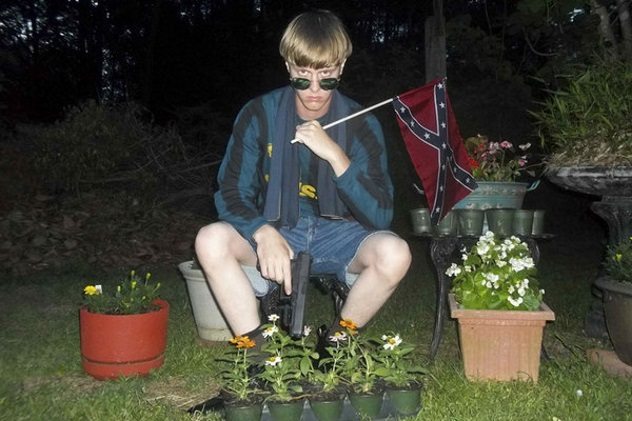
“The media coverage given to mass shooting perpetrators,” according to psychiatrist James Knoll, “has sent the message that committing a spectacular act of murder or killing is a great way to get attention.”[10] That’s especially true if the killer has something to say to the world. Because when a mass murderer writes a manifesto, it gets on the news.
It happens a lot. The Columbine killers’ journals and worldviews were shared with the world after they murdered 13 people. Perhaps that was part of what motivated Virginia Tech Shooter Seung-Hui Cho, who carefully prepared his manifesto and sent it to the media before starting his massacre.
The media also published Dylann Roof’s manifesto, which called for a race war, after he shot up a church in Charleston, South Carolina. Then they published Bryce Williams’s manifesto after he shot a reporter and a cameraman. Inside, Williams made it clear that his killings were influenced by Roof’s manifesto. “As for Dylann Roof,” he wrote, “you want a race war? Bring it then!”
The FBI has directly asked the media to stop spreading these killers’ manifestos. Giving people the message that a massacre is a great way to get your thoughts to the world, the FBI has said, “seriously jeopardizes the public’s safety by potentially inciting ‘copycats.’ ”
That hasn’t stopped anyone, though. They made that request in 2007, and, if a shooter writes a manifesto, it still makes its way onto the news.
1 Changing The Way We Report Suicides Actually Worked
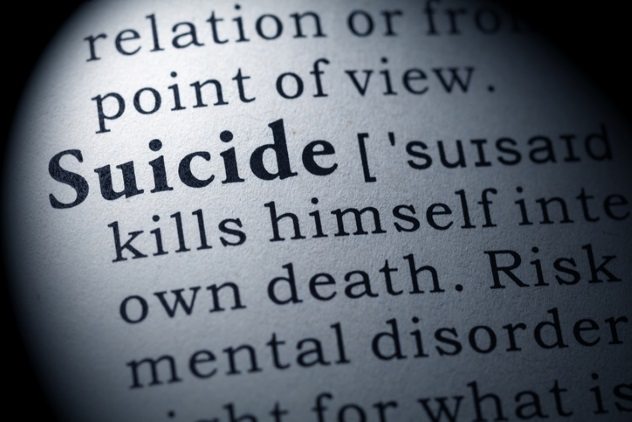
This isn’t just speculation. The idea that changing the way we report mass killings could lower the number of copycat killings isn’t just some crazy theory. It’s something we’ve tried before—and it worked.
In the 1980s, there was a rash of suicides in the US. Over the course of a few years, the suicide rate more than tripled. It was an epidemic, and it was generally agreed that it was being caused by the same type of “contagion” effect that has been spreading these mass shootings.
In response, the CDC held a national workshop to figure out how to deal with the problem. A few new guidelines came out of it. They asked the media to stop using the word “suicide” in the headline, to stop reporting the method of the suicide, and to stop calling it the “inexplicable act of an otherwise healthy person.”[11]
The media actually listened, and it actually worked. The suicide rate plummeted after they changed the way they reported on it. And that wasn’t an isolated case, either—the same idea has worked in Hong Kong, the UK, and in Vienna, where changing the way they reported on suicides led to an incredible 75-percent drop in the suicide rate. And psychiatrists agree it could have the exact same effect again.
Read more terrifying facts about school shootings on 10 School Shooters On Why They Did It and Top 10 Chilling Quotes During School Shootings.

